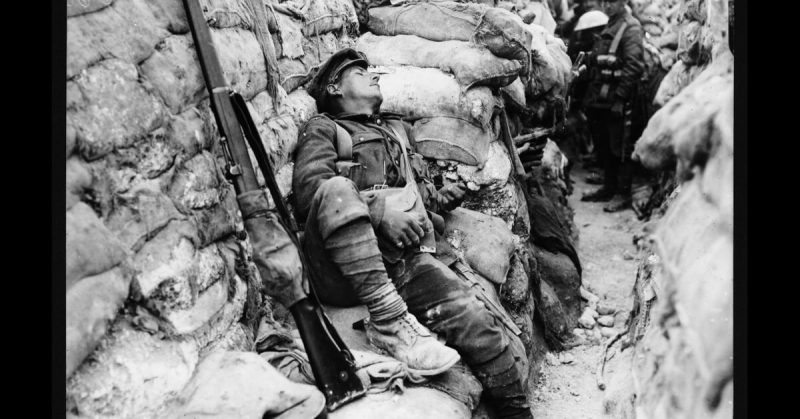When the First World War broke out in August 1914, few could have imagined the monumental events that were to come. The conflict changed the face of Europe and the world at large, cost roughly 17 million lives and set the stage for an even more disastrous war in 1939. As the years of trench warfare rolled on, new technological innovations were sought to break the stalemate – new weapons and tactic were needed. Tanks, machine guns, and poison gas were just a few of the deadly inventions to come out of this period.
Sharpshooters and marksmen had been deployed in previous wars, but this conflict saw their rifles equipped with telescopic sights, making them some of the most feared fighters on the battlefield. From the tactics used to combat this new menace to the remarkable man behind the first school of sniping, here are five facts about the sharpshooters of the First World War.
Unsuspecting Allies
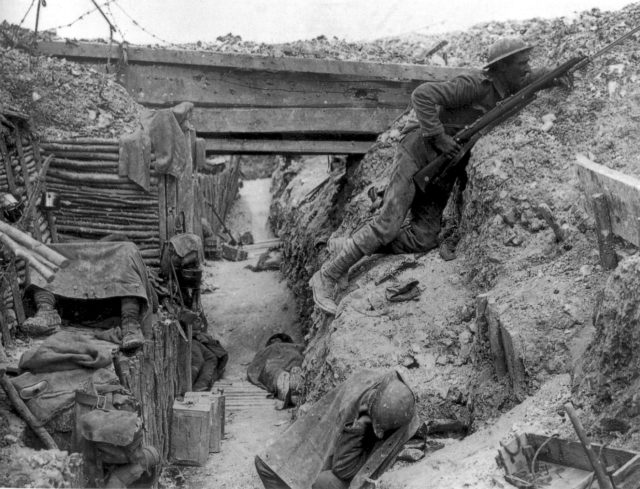
When the First World War began, Germany started equipping some of their marksmen with scoped rifles, allowing them to fire accurately over extremely long distances. Although sniper regiments were not entirely new, the addition of the long-distance scopes put German sharpshooters at an advantage. These were the first snipers to use them in the conflict, and their enemies were caught off guard.
The Allies were not aware of this sniping innovation, so when the German sharpshooters began claiming lives across seemingly impossible distances, the French and British soldiers just assumed it was pure potluck. It wasn’t until Allied forces moving through German positions stumbled upon rifles equipped with scopes that they realized what was really going on. Although after this the British quickly began to emulate this new tactic, the German sharpshooters would always hold a certain notoriety.
Ones and Twos
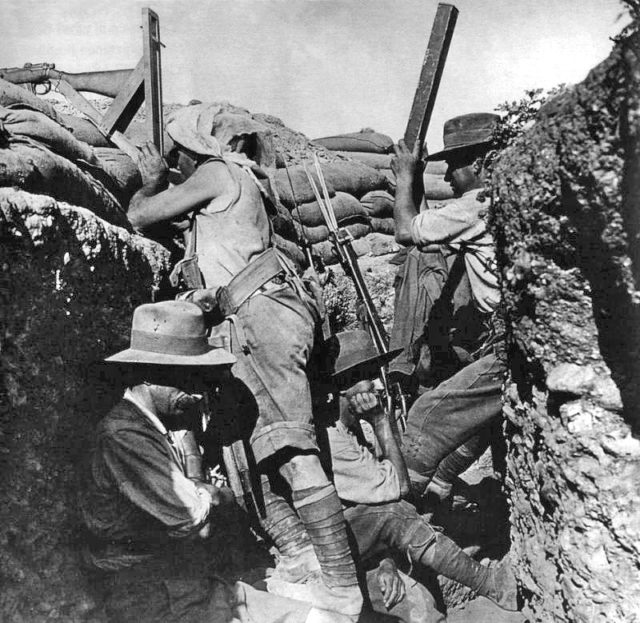
Another key difference between the Allied and German snipers was the numbers in which they would be deployed. Germany usually had their sharpshooters work as individual and largely independent units, emphasizing camouflage and concealment.
On the other hand, the Allied marksmen almost always worked in pairs. During the First World War, it was standard practice on this side of the conflict to have one man controlling the rifle and the other “spotting”. This would involve scanning the area with a periscope to pick out potential targets, monitoring atmospheric conditions and keeping an eye out for any enemy movements nearby. The two men would swap their roles regularly, so whoever was sniping could avoid eye fatigue.
Getting A Head
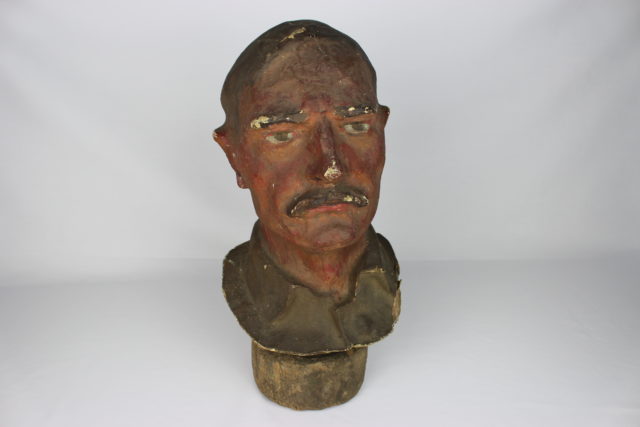
As sharpshooters became a daily reality of life in the trenches, soldiers on both sides began developing methods to combat this new threat. One of these techniques actually involved creating a paper mache head that soldiers would then raise into the air, to be shot at by snipers on the other side of No Man’s Land. Having drawn their fire, the head would then be lowered, and the bullet holes examined.
From this, the position of the sharpshooter could be estimated, and then shelling would be directed towards that area to either kill the sniper or at least push them back. The British developed this technique first, as German marksmen grew infamous along the Western Front, but it was widely used by many nations during the war.
Sharpshooters or Sharp Shooters?

A common name for snipers during the First World War was “sharpshooters”, and many mistakenly believe this to be a reference to the sniper’s sharp eyesight or excellent aim. However, the name is actually derived from the Sharps rifle used by men during the American Civil War. This weapon was used by many units on both sides of that conflict, perhaps most famously by the US Army Marksmen – also known as “Berdan’s Sharpshooters”.
By the time the First World War snipers were in action, of course, the main rifles in use were the British Pattern 1914 Enfield, Germany’s Mauser Gewehr 98, the American M1903 Springfield, the Ross Rifle and the M1891 Mosin–Nagant. However, the phrase “sharpshooter” remained and is still used to this day to describe snipers and long-range marksmen.
The Eyewitness Officer
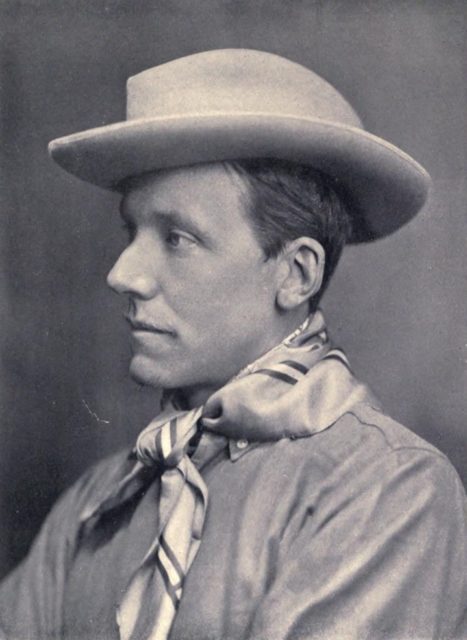
In 1915, as it became increasingly clear that Germany was benefiting from their improved snipers, the British responded by setting up the First Army School of Sniping, Observation, and Scouting. It was founded by a man named Hesketh Hesketh-Prichard who, because of his age, was considered too old to actually fight. Instead, he was sent to the Western Front to be in charge of war correspondents as an “eyewitness officer”.
While in this role, he was horrified to realize how ill-prepared the British were to combat German snipers. He discovered that it was not uncommon for a British regiment to lose five men a day to sniper fire, and saw how poorly trained their own marksmen were. Refusing to stand idly by, Hesketh-Prichard began buying in various high-quality telescopic sights from England – paid for entirely out of his own pocket – and conducting research. Eventually, he gained permission to officially begin training British snipers and, in 1915, his work truly began.
